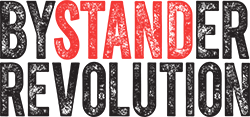<< Back to all solutions
It’s important for students dealing with bullying to know they have somewhere to go to get help. As an educator, you can foster such spaces in your class and other places in school.
crowdsourced tips
Ask yourself how you can set a good example in your school environment and encourage respectful social behavior in your students.
If your school administration isn’t recognizing the impact of bullying in your school, don’t let that stop you from trying to help with the problem. Make sure that your classroom is a safe space for children to interact.
Do your part to make sure your LGBTQ students have access to a safe space in your school, such as a counselor’s office, where they can take refuge if they feel threatened.
Help students find safe places during lunch or recess if they need them, like your classroom or other unused spaces.
Be aware of unsupervised areas in your school that may be “hot spots” for bullying, like the student lounge or parts of the yard during recess.

